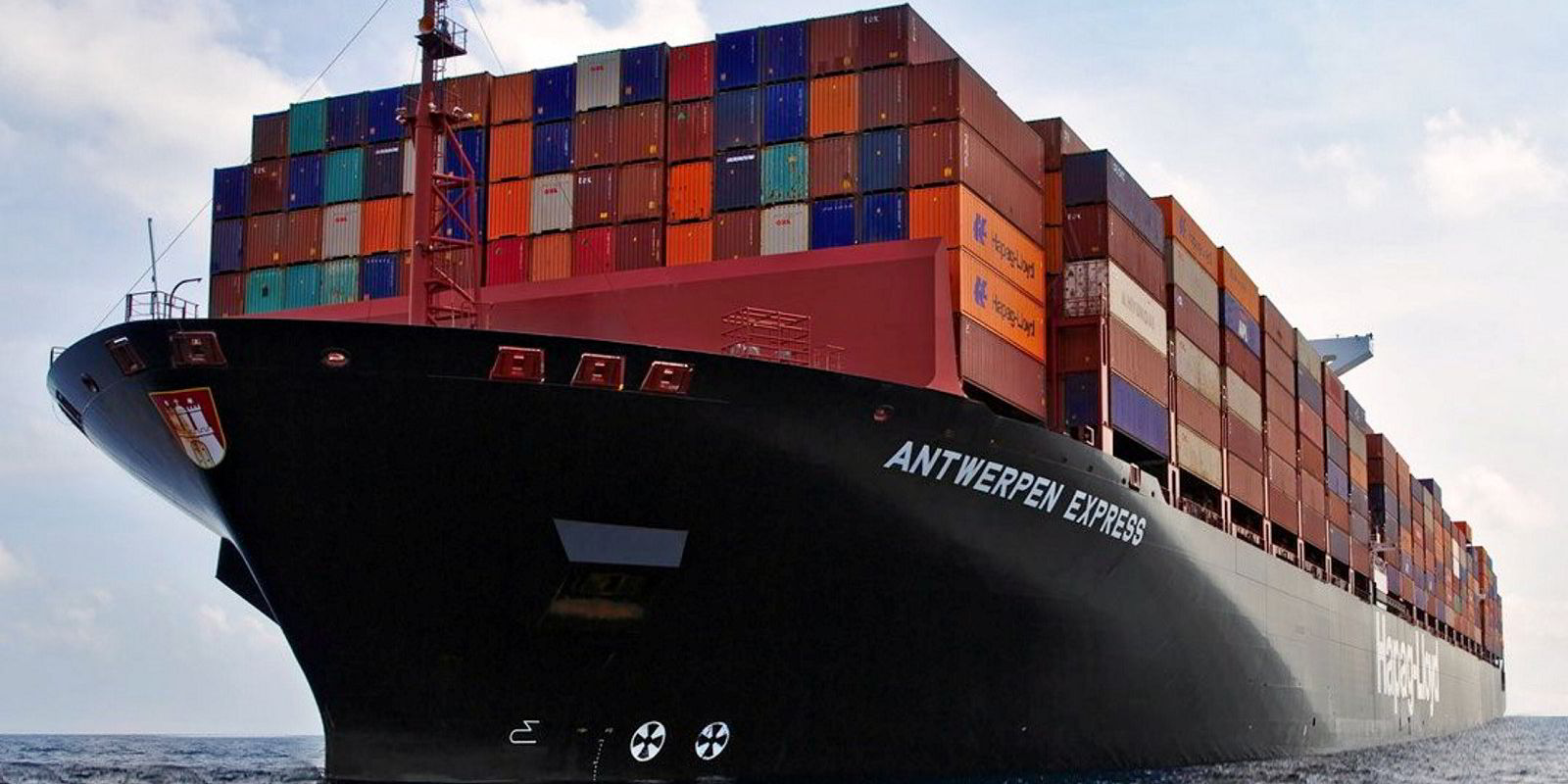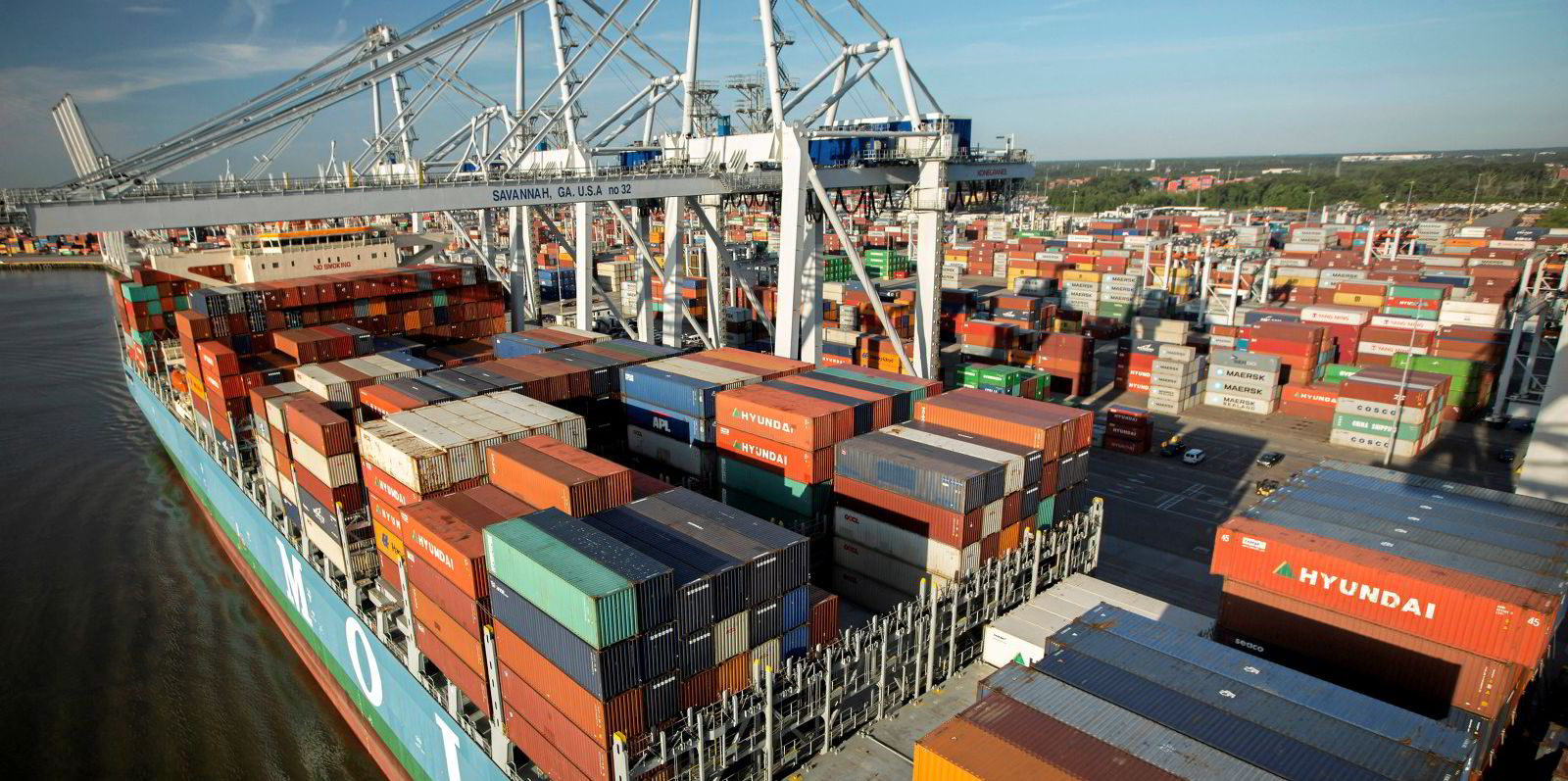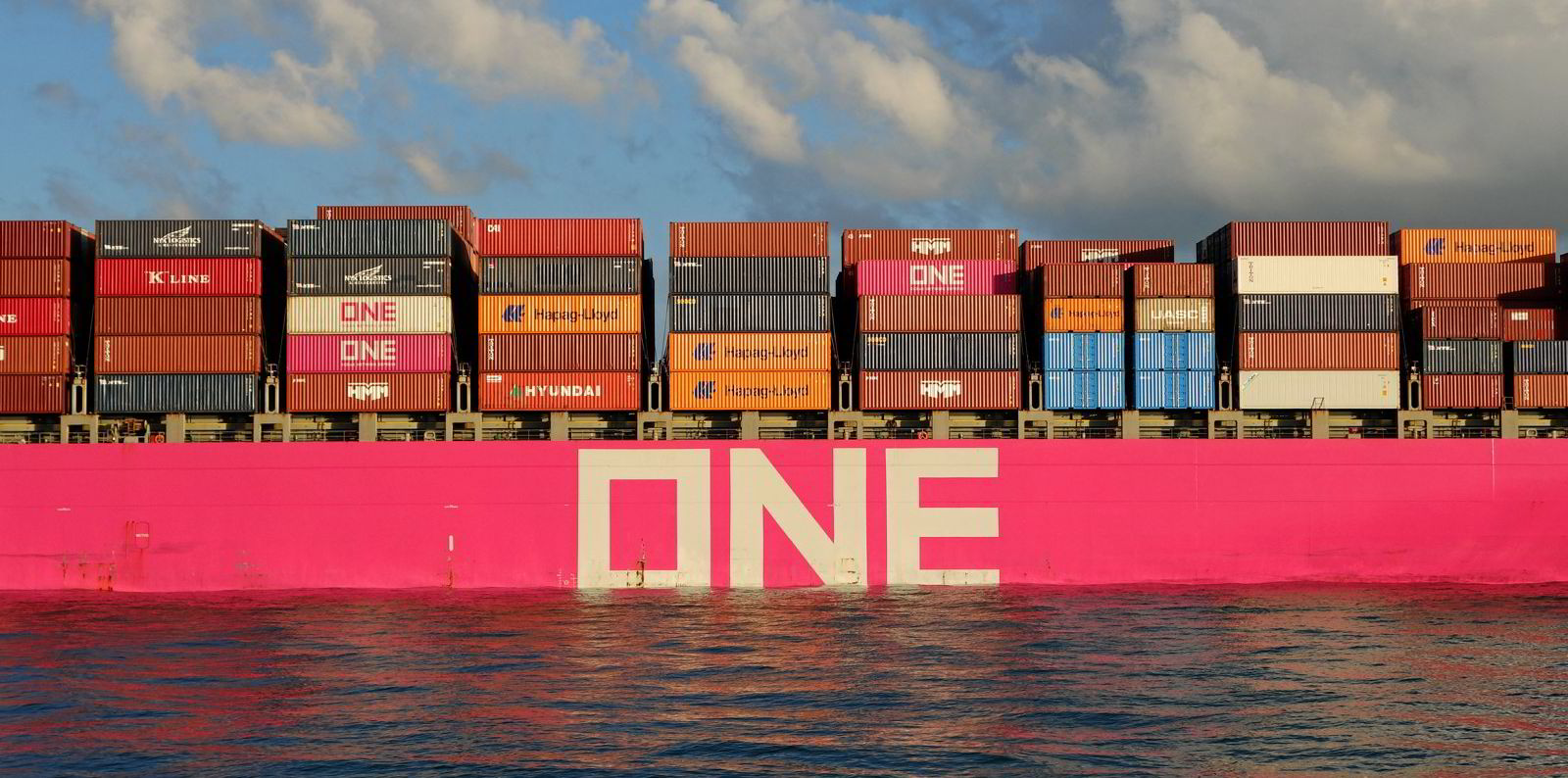With barely four months to go until the introduction of new carbon reduction legislation, it remains unclear how container shipping will be affected.
The answer to the question depends on who you ask — a tonnage provider or a liner operator.
Neither side of the charter market disputes that vessels will be forced to slow down.
But they clash over the extent at which they will slow, and consequently, over how much additional capacity will be required.
Liner giants Hapag-Lloyd and AP Moller-Maersk estimate that a minimum of 5% of additional tonnage may be needed to meet the new emissions goals introduced by the International Maritime Organization next year.
Speaking in an earnings presentation yesterday, Hapag-Lloyd chief executive Rolf Habben Jansen put the figure in the region of “high single digits”.
He said the application of the legislation in 2023 and 2024 could require between 5% and 10% more tonnage, subject to change.
“If you asked half-a-year ago, we would probably have assessed smaller,” he said.
“We will learn as we go and know that some of the formulas will change over time, so it may mean we need to adjust that a little bit upward or downwards.”
The estimate roughly tallies with the assessment of Maersk chief executive Soren Skou earlier this month.
He suggested that the slowing down of vessels could have “a significant impact” that requires between five to 15% more capacity.
‘It’s not just the speed...’
On the other hand, tonnage providers have flagged the prospect that the new legislation will have an even greater impact.
New York Stock Exchange-listed boxship owner Global Ship Lease (GSL) suggested that reducing the average operating speed of the global container ship fleet by just one knot could cut effective supply by 6% to 7%.
That could be significant if, as GSL executive chairman George Youroukos told a 4 August earnings call, the speed could be two to three knots slower than today.
That suggests slowing down the fleet could require 18% more capacity, GSL said, citing figures from independent consultancy Maritime Strategies International.
“And it’s not just the speed, it’s a lot of other things,” Youroukos said.
If ships are caught up in congestion, he added that their Carbon Intensity Indicator (CII) rating could be destroyed.

The CII is an efficiency rating assigned to ships based on the grams of CO2 emitted per capacity-mile.
The first CII ratings, based on 2023 data, are due no later than 31 March 2024.
Shipowners also need to comply with the Energy Efficiency Existing Ship Index (EEXI) regulation, which is to be introduced on 1 January 2023.
That is expected to force older ships to slow down to meet the emissions goals set by the IMO’s Marine Environmental Protection Committee at its 78th session in June.
‘Contradicting forces’
The uncertainty over the impact of the new laws has led lines to adopt a “wait-and-see” approach to the charter market, tonnage providers said.
That is compounded by the worsening economic outlook, which is likely to dampen demand.
“There are indeed question marks on how the market will develop in 2023 and 2024 as various contradicting forces come into play,” Euroseas chief executive Aristides Pittas said.
But he added that the impact of the high orderbook and increased deliveries next year and in 2024 would be offset by the effect of new regulations on speed and increased scrapping.
That remains to be seen, in the view of Habben Jansen.

But he remains optimistic that a cooling container shipping market will enable the company to source the extra ships that could be needed from 2023 onwards.
Habben Jansen said the high orderbook, comprising 28% of the global fleet, meant that in absolute terms a lot of new vessels will be entering the fleet.
That would enable container ships to catch up on dry docking that would be needed if ships are to be modified to comply with the new environmental laws, he added.
“We clearly see that, in the next 24 months, supply growth will outpace demand growth,” he said. “I think that is good. That means markets will ease a bit.”
While spot rates in the freight market have fallen, demand in the US seems to be holding up reasonably well, although Habben Jansen said there was probably some nervousness in Europe.
“We don’t see demand falling off a cliff anywhere,” he said.







